Port Mahon Road and Bombay Hook, Delaware: All For Knot?
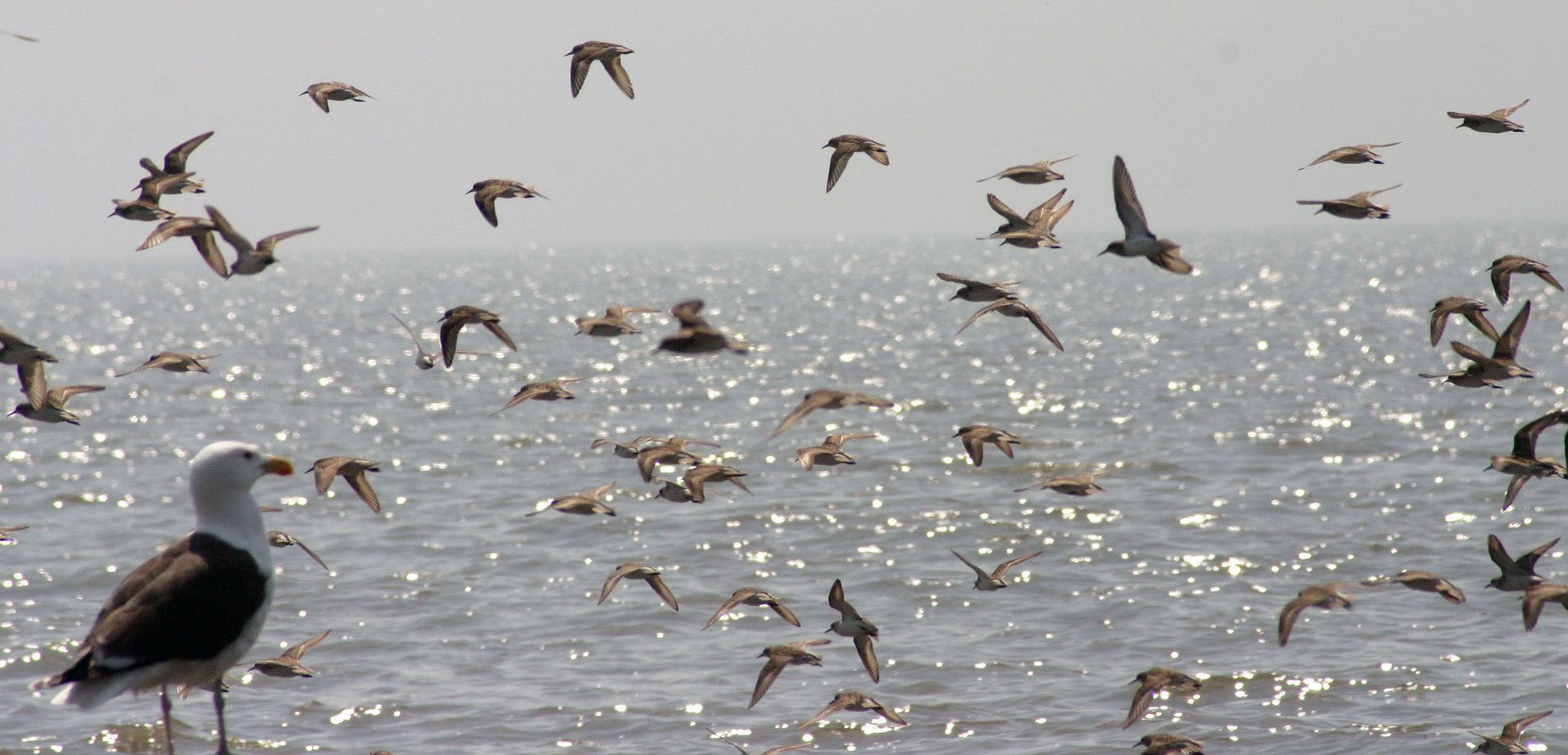
For birders, the annual horseshoe crab spawn on the coast of Delaware and Maryland is a must-see. Each May thousands of pre-historic, creepy looking crabs lumber up onto coastal beaches, mate, lay eggs and die. And stink. Thousands upon thousands of shorebirds, who are in the midst of their long and tiresome migration, rely on the horseshoe crab eggs for fuel and make the spawning an important pit-stop on their flight.
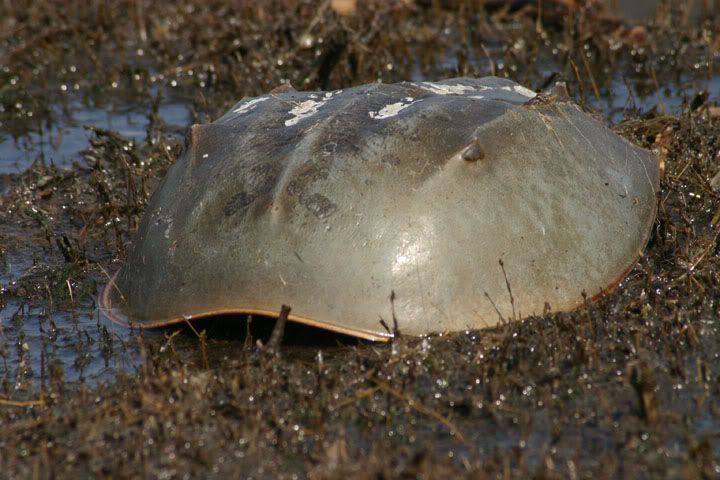
One of these birds is the
Red Knot, a plump little shorebird that, unfortunately, has been serious decline. Part of the problem is the horseshoe crab harvest that has reduced the numbers of crabs spawning on the beach (and which recent action in Delaware has addressed). Another part, and a much harder one for people around here to do anything about, is hunting and pesticide use in South America, where the Knots spend much of their time.
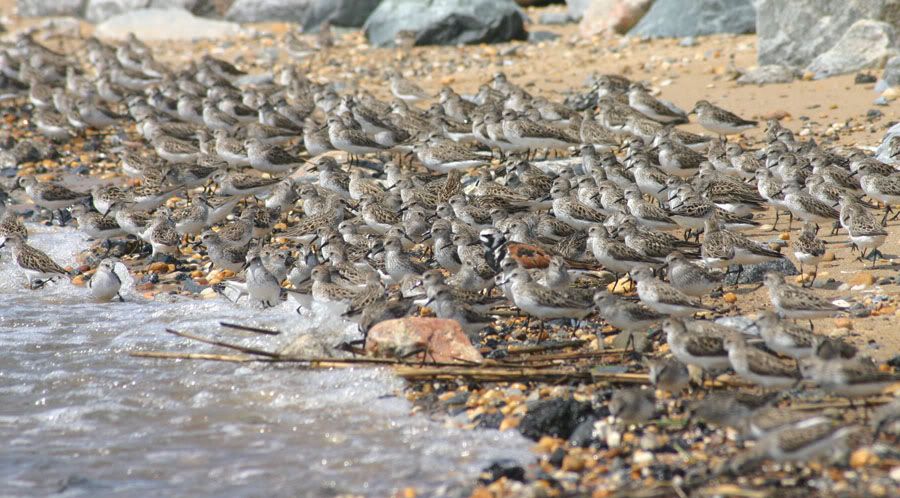
So I left Memorial Day morning and headed to the coast of Delaware to see some shorebirds and hopefully catch sight of a Red Knot or two. I had missed the peak migration, apparently, by a couple of weeks...but I certainly couldn't tell by the sight and smell of the beach. What an incredible scene. Port Mahon Road, once it gets to the beach, is a very bumpy street separated from the water by a narrow (like, 10 foot) beach. After passing stands of marsh grass, the road runs for only about .5 miles before dead-ending at a parking lot and public boat launch. On this stretch, though, were thousands of shorebirds.
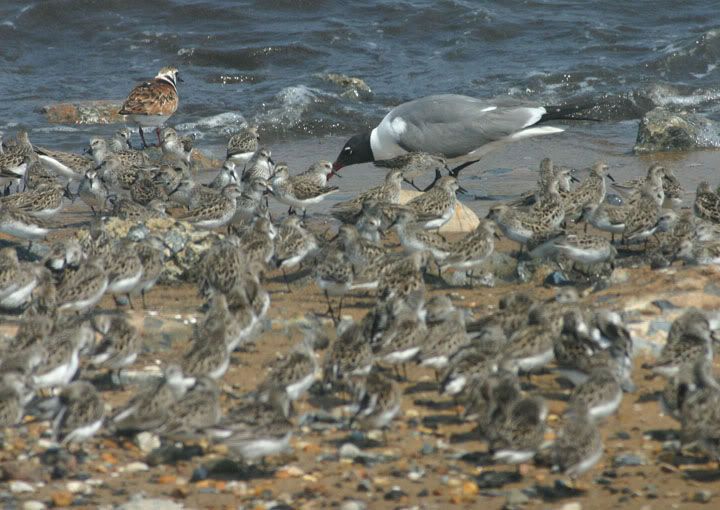
I should say here that I got my first life bird of the day as soon as I opened my car door along the marsh stretch before the beach. Although I had never heard one in person(only on cd), the rapid song of the Marsh Wren was instantly recognizable. Before the day was over I would hear, and see, probably 50 of these little guys.
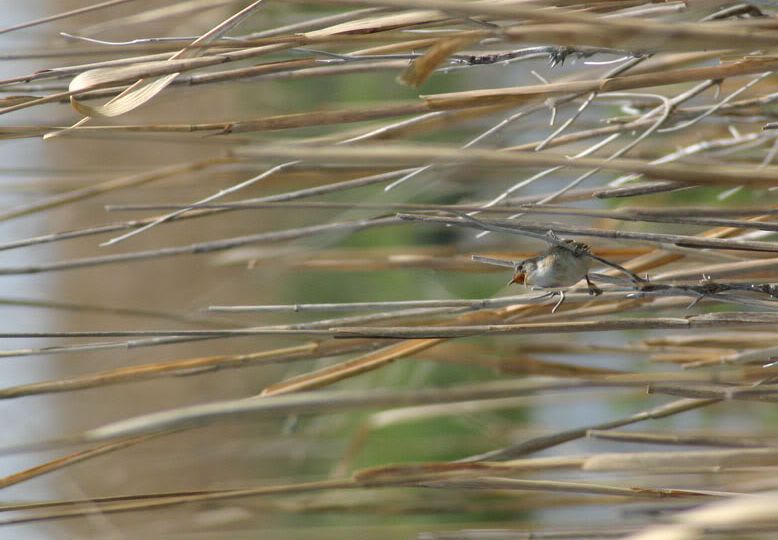
I smelled the beach before I could see it and instantly knew that some animals were rotting. The horseshoe spawn is pretty sad, as the crabs do their business and then just wait to die...but they don't go easy. The lie on their backs and flick their little legs and bob their tails slower and slower. When you poke them they get a sudden burst of energy but eventually just fade away. The birds like it, though. The shore was crowded with thousands of semipalmated sandpipers. Mixed in, with varying degrees of ID difficulty, were ruddy turnstones, herring, laughing and greater black-backed gulls, Willet and white-rumped sandpiper (both lifers...I was particularly proud of my WRS ID...which wasn't easy, especially when you're trying to pick an individual bird out of a swarming mass of look-alikes). There were no Red Knots around, but a salty old birder with a big ole beard said he had seen two just before I arrived. Obviously.
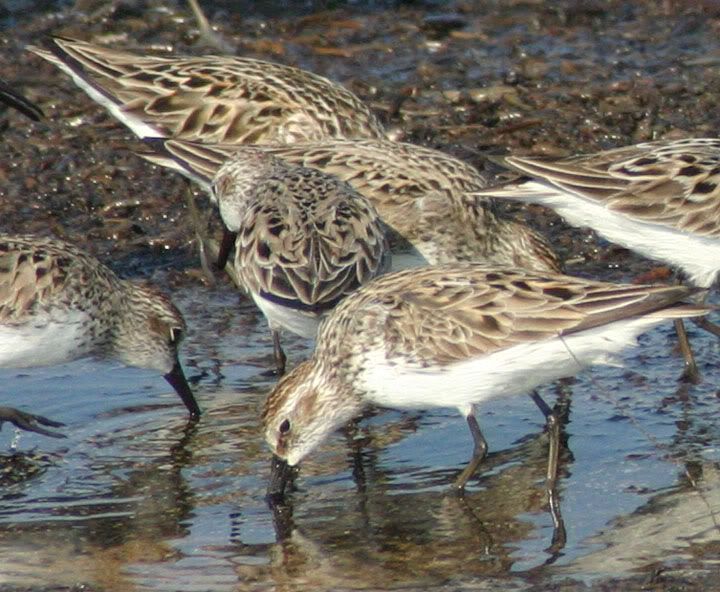
It was high tide, and the best birding was at low tide, so I drove about 10 minutes to Bombay Hook NWR. It was here, about 5 months ago, that I had seen another amazing spectacle: the snow goose arrival. That remains probably the greatest wildlife spectacle I've ever seen. Anyway, I checked out the sightings book at the welcome center and someone had seen a pair of Wilson's Phalarope just minutes before! They were in Bear Swamp, all the way across the refuge, and I drove as quick as I could to get there. Yup, as I expected, couldn't find them. The birding was great, though. At bear swamp I watched an American Bittern hunt fish in plain sight, a family of black-crowned night heron, some late semipalmated plovers, my lifer Black-Necked Stilt (I was a little disappointed in how small they were...but very cool birds) and many herons and egrets. It's amazing how much the birdlife changes...where once were thousands of ducks and swans there were now hundreds of sandpipers and stilts.
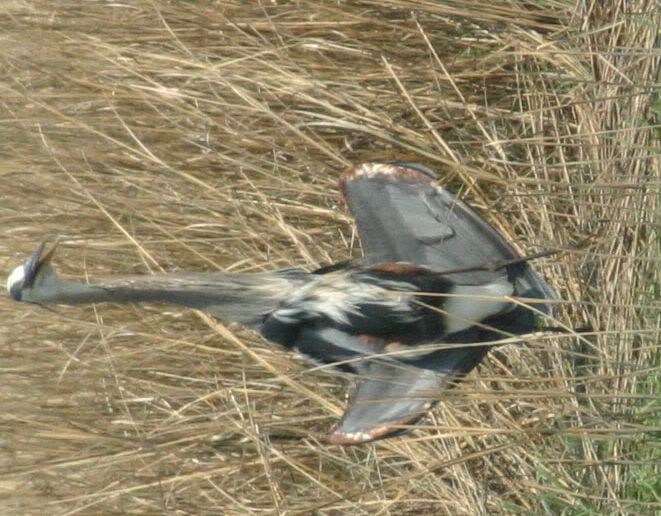
Back at Port Mahon for low tide, the numbers of pipers, plovers, willet, turnstone and everything else had increased. Even a pair of my beloved american oystercatchers showed up and put everyone to shame with their classy dress. But, alas, no knots. I was fooled a couple times by some short-billed dowitchers, which are like colored, but it wasn't meant to be. I had a wonderful time, though, tallying 68 species and 4 lifers. I'll be back next year, where hopefully Red Knots will make a better showing with a more stable population.











